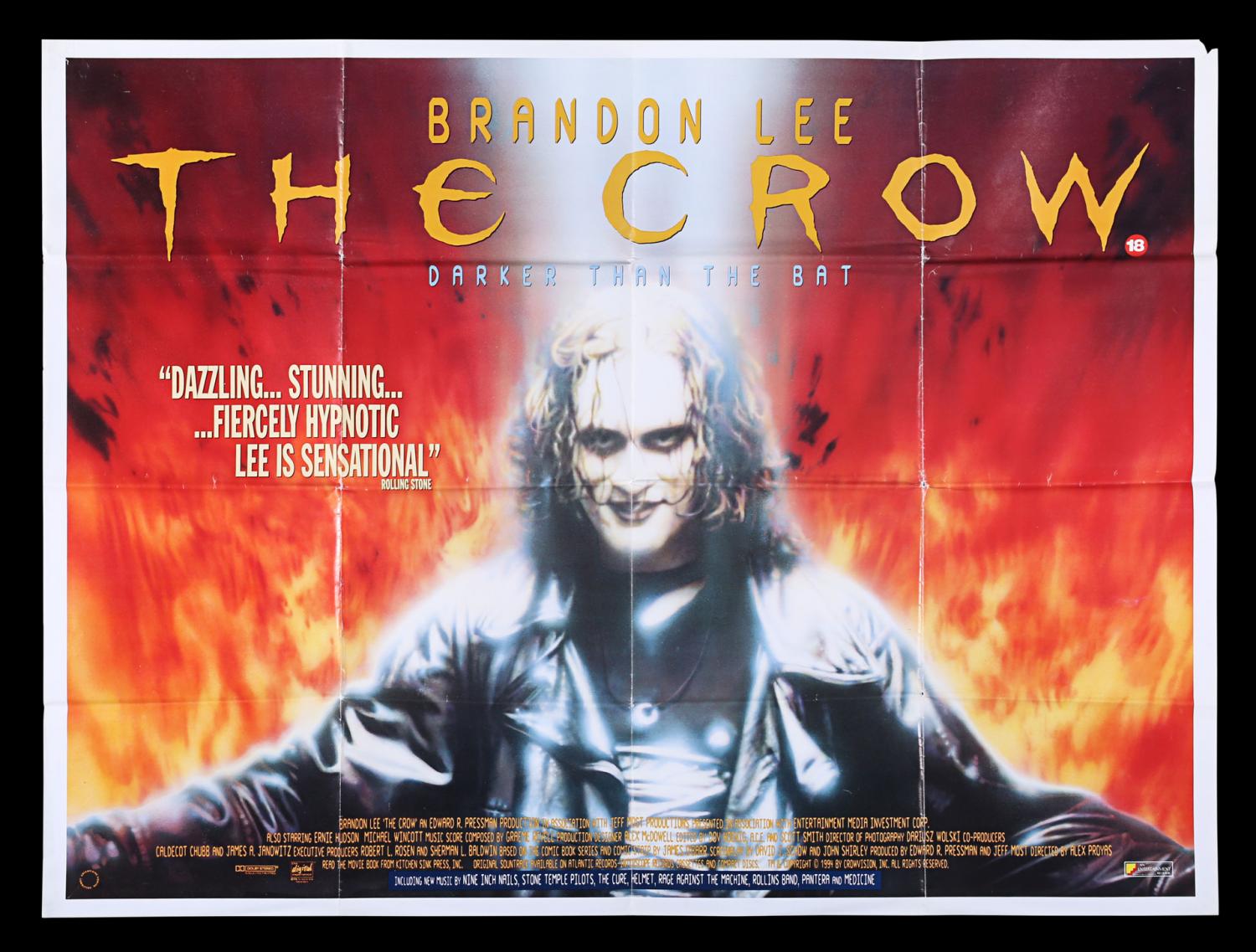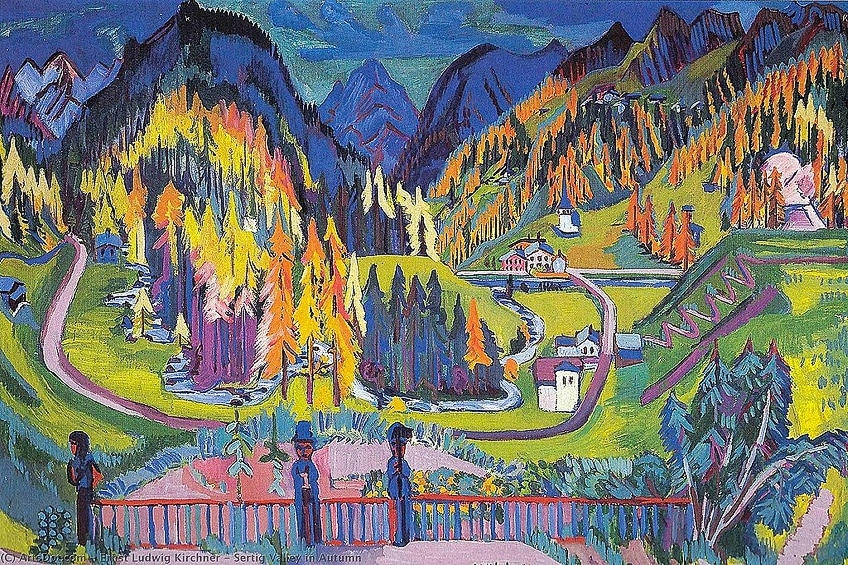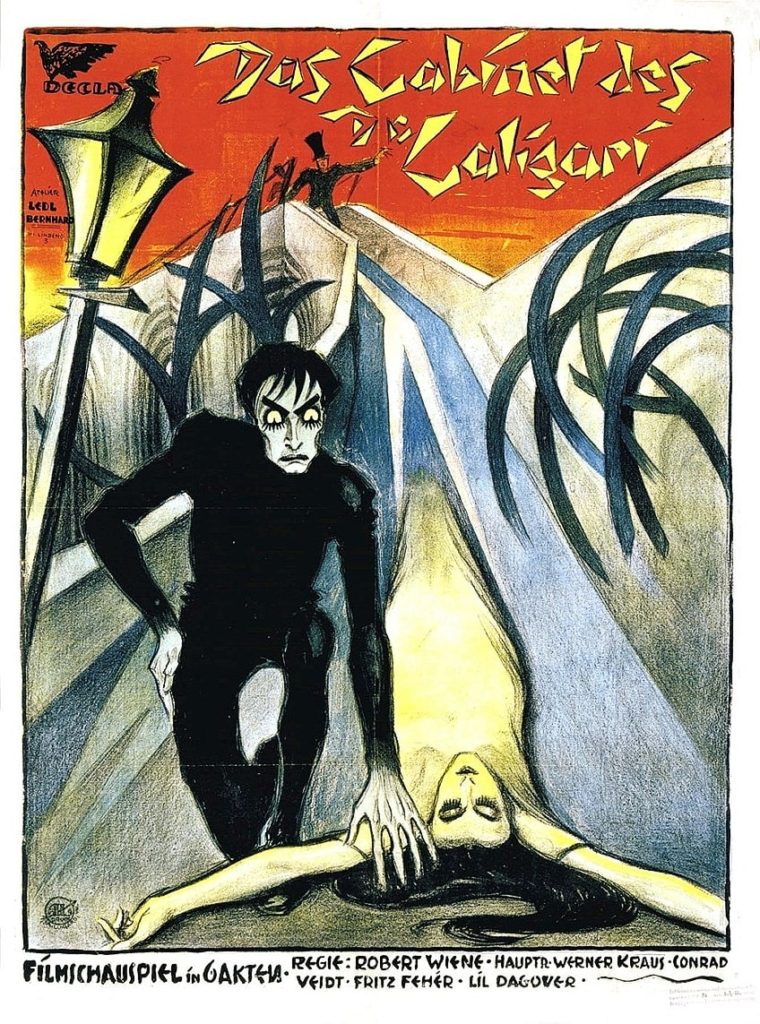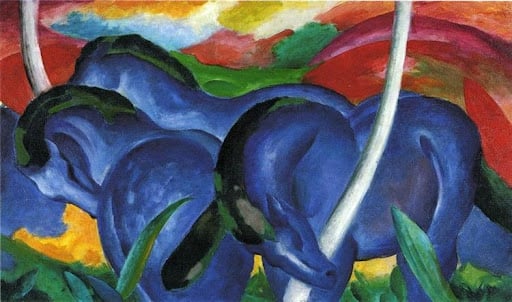The Crow (1994)



Pans Labyrinth (2006)


![Pan's Labyrinth - Official® Trailer [HD] - YouTube](https://i.ytimg.com/vi/E7XGNPXdlGQ/maxresdefault.jpg)
Edward Scissorhands (1990)



The Crow (1994)



Pans Labyrinth (2006)


![Pan's Labyrinth - Official® Trailer [HD] - YouTube](https://i.ytimg.com/vi/E7XGNPXdlGQ/maxresdefault.jpg)
Edward Scissorhands (1990)






UFA, a German film studio, was established in 1917 when the German government consolidated most of the nation’s leading studios. They did this to promote the German Culture while also making propaganda for the war. UFA soon opened multiple theatres around Germany and with UFA broadening their film genre the company began to rise, a film which instigated this would be Berlin’s lavish Film Palast am Zoo with the premiere of Lubitsch’s Madame Dubarry (1919; also released as Passion), an international hit that did much to open the door for German films in countries where they had been banned since the war.
Later, in 1923, the company acquired one of the worlds largest production companies as a result of its merger with the film company Decla Bioscop. However Hollywood films became increasingly popular in germany resulting in UFA having a financial crisis and making low budget films for the next few years
!927, on the brink of financial devastation the company was bought by Alfred Hugenberg, a future Hitler supporter. The company then went bankrupt in 1945.
The expressionist art movement was made to rebel against traditional bourgeois art which demanded aesthetic and culture, so art during this movement can not be distinguished by a singular style or method.
“German Expressionism art took inspiration from artists such as Edvard Munch, El Greco, and Vincent van Gogh. Artists were less concerned with producing work that held aesthetic value and instead focused on creating compositions that had the ability to emit powerful reactions when viewed. This was done by combining jagged brush marks, incongruous colours, and simplistic shapes, which were all authentic German Expressionism characteristics. Thus, the style created went against what was considered traditional art.”




“The Cabinet of Dr. Caligari is known for the skewed, anxiety-provoking angles that made up its painted backdrops, as well as its hauntingly gruesome storyline. Wiene hired Expressionist painters Hermann Warm and Walter Reimann to create the sets used in the background. The two artists wanted to challenge the formal techniques associated with Modernism and went on to use perception, absurd patterns, and rough lines to create a macabre world.
This film can be viewed as representing the absurdity displayed in the war, as Cesare is symbolic of the innocent soldiers who were forced to kill others under the control of the government, represented by Dr. Caligari. Thus, German Expressionism existed as the appropriate movement to help employ the sense of anxiety and uneasiness that was felt throughout Germany in the aftermath of World War One.”
Source: https://artincontext.org/german-expressionism/
By 1938, after taking over foreign film production facilities in France, Belgium and other countries, one third of the company’s sales came from abroad. UFA’s economic boom made it possible to further expand the so-called “star system,” which had already been developed in the silent film era.
Edward scissor hands can visually be seen as being heavily influenced by German Expressionist theories due to the darkness within the play and scenes which leave the audience hanging on the edge of their chairs which is similar to films like The Cabinet Of Dr Caligari as in that we wondered who was the killer and every time we got close to finding out there was a switch in how the story got told. Similarly in Edward Scissor Hands we want to see Edward get out of the trouble with the crime he did not commit but watch to find out who actually did it.


